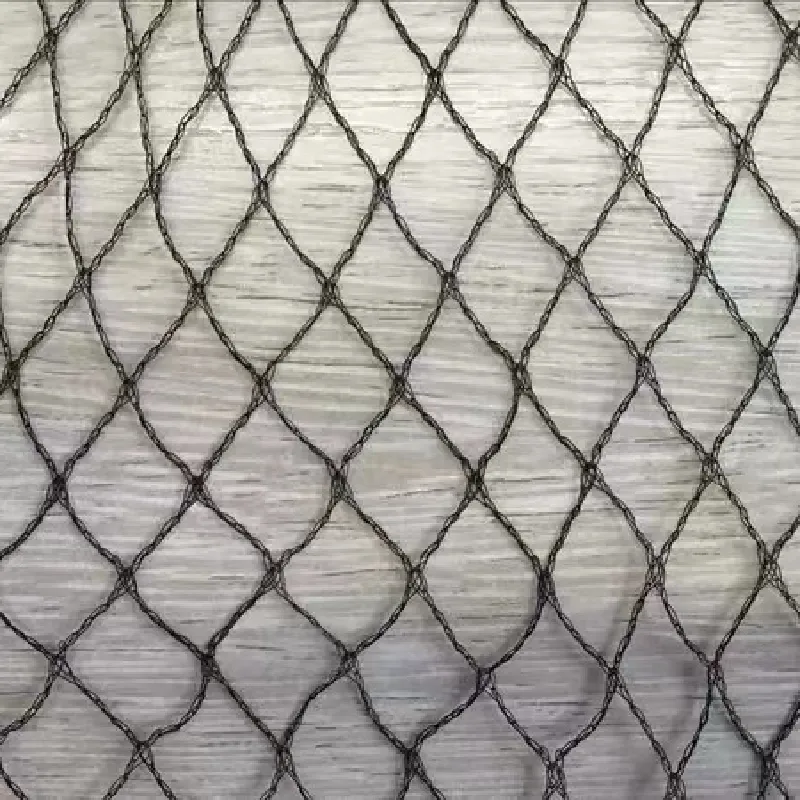-
 Afrikaans
Afrikaans -
 Albanian
Albanian -
 Amharic
Amharic -
 Arabic
Arabic -
 Armenian
Armenian -
 Azerbaijani
Azerbaijani -
 Basque
Basque -
 Belarusian
Belarusian -
 Bengali
Bengali -
 Bosnian
Bosnian -
 Bulgarian
Bulgarian -
 Catalan
Catalan -
 Cebuano
Cebuano -
 China
China -
 Corsican
Corsican -
 Croatian
Croatian -
 Czech
Czech -
 Danish
Danish -
 Dutch
Dutch -
 English
English -
 Esperanto
Esperanto -
 Estonian
Estonian -
 Finnish
Finnish -
 French
French -
 Frisian
Frisian -
 Galician
Galician -
 Georgian
Georgian -
 German
German -
 Greek
Greek -
 Gujarati
Gujarati -
 Haitian Creole
Haitian Creole -
 hausa
hausa -
 hawaiian
hawaiian -
 Hebrew
Hebrew -
 Hindi
Hindi -
 Miao
Miao -
 Hungarian
Hungarian -
 Icelandic
Icelandic -
 igbo
igbo -
 Indonesian
Indonesian -
 irish
irish -
 Italian
Italian -
 Japanese
Japanese -
 Javanese
Javanese -
 Kannada
Kannada -
 kazakh
kazakh -
 Khmer
Khmer -
 Rwandese
Rwandese -
 Korean
Korean -
 Kurdish
Kurdish -
 Kyrgyz
Kyrgyz -
 Lao
Lao -
 Latin
Latin -
 Latvian
Latvian -
 Lithuanian
Lithuanian -
 Luxembourgish
Luxembourgish -
 Macedonian
Macedonian -
 Malgashi
Malgashi -
 Malay
Malay -
 Malayalam
Malayalam -
 Maltese
Maltese -
 Maori
Maori -
 Marathi
Marathi -
 Mongolian
Mongolian -
 Myanmar
Myanmar -
 Nepali
Nepali -
 Norwegian
Norwegian -
 Norwegian
Norwegian -
 Occitan
Occitan -
 Pashto
Pashto -
 Persian
Persian -
 Polish
Polish -
 Portuguese
Portuguese -
 Punjabi
Punjabi -
 Romanian
Romanian -
 Russian
Russian -
 Samoan
Samoan -
 Scottish Gaelic
Scottish Gaelic -
 Serbian
Serbian -
 Sesotho
Sesotho -
 Shona
Shona -
 Sindhi
Sindhi -
 Sinhala
Sinhala -
 Slovak
Slovak -
 Slovenian
Slovenian -
 Somali
Somali -
 Spanish
Spanish -
 Sundanese
Sundanese -
 Swahili
Swahili -
 Swedish
Swedish -
 Tagalog
Tagalog -
 Tajik
Tajik -
 Tamil
Tamil -
 Tatar
Tatar -
 Telugu
Telugu -
 Thai
Thai -
 Turkish
Turkish -
 Turkmen
Turkmen -
 Ukrainian
Ukrainian -
 Urdu
Urdu -
 Uighur
Uighur -
 Uzbek
Uzbek -
 Vietnamese
Vietnamese -
 Welsh
Welsh -
 Bantu
Bantu -
 Yiddish
Yiddish -
 Yoruba
Yoruba -
 Zulu
Zulu
Exploring the Benefits of Using Plastic Mesh for Chicken Coops and Fencing Solutions
The Benefits and Applications of Chicken Plastic Mesh
In the world of poultry farming, maintaining a safe and healthy environment for chickens is of utmost importance. One innovative solution that has gained popularity in recent years is the use of chicken plastic mesh. This versatile material not only enhances the efficiency of poultry operations but also offers numerous benefits that contribute to the overall well-being of the chickens.
Chicken plastic mesh, often made from high-density polyethylene (HDPE), is designed to provide a durable and flexible barrier. This type of mesh is specifically engineered to withstand weather conditions and resist the effects of UV radiation, which ensures its longevity. Unlike traditional fencing materials, plastic mesh is lightweight and easy to install, making it an attractive option for both small-scale backyard enthusiasts and large commercial poultry operations.
One of the primary advantages of chicken plastic mesh is its ability to protect chickens from predators. Poultry farms are often vulnerable to attacks from various animals, including foxes, raccoons, and birds of prey. The use of plastic mesh fencing creates a protective barrier that deters these threats while allowing chickens to enjoy their free-ranging activities. Additionally, the mesh design allows for adequate airflow and sunlight, contributing to the chickens' overall health and well-being.
Another significant benefit is the ease of cleaning and maintenance. Unlike traditional wooden or metal fencing that may rust or rot, chicken plastic mesh is resistant to moisture and can be easily wiped clean. This feature is particularly important in managing disease within flocks, as a clean environment helps to minimize the risk of infections and parasites. Farmers can maintain a biosecure environment without the extensive labor associated with maintaining traditional fencing.
chicken plastic mesh

Furthermore, chicken plastic mesh provides flexibility in design and application. It can be used to create temporary or permanent enclosures, allowing farmers to adapt their setups based on their specific needs. For instance, in situations where chickens need to be relocated or where grazing areas need to be rotated, plastic mesh can be set up quickly and removed just as easily. This adaptability is invaluable, particularly for organic poultry farms that require periodic movement to ensure sustainable grazing practices.
In addition to its protective and practical applications, chicken plastic mesh is an eco-friendly choice. Many manufacturers produce this mesh using recycled materials, aligning with sustainable farming practices. By choosing plastic mesh, poultry farmers can reduce their environmental footprint while still providing a safe haven for their chickens.
Moreover, the transparency of the plastic mesh allows for easy monitoring of the chickens. Farmers can observe their flock without disturbing them, ensuring that any issues can be addressed promptly. This feature is essential for maintaining the health of the birds and maximizing production.
As the poultry industry continues to evolve and adapt to new challenges, the rise of chicken plastic mesh represents a forward-thinking approach to poultry management. Its numerous benefits, including enhanced protection from predators, ease of maintenance, flexibility in use, and eco-friendliness, make it a valuable investment for poultry farmers.
In summary, chicken plastic mesh offers a practical and innovative solution for poultry farming. By providing a safe, clean, and adaptable environment, it supports the health and well-being of chickens while helping farmers address the challenges of modern poultry production. As more farmers recognize the advantages of this material, it is expected that chicken plastic mesh will become a standard in poultry enclosures, contributing to a more sustainable and efficient future for the industry.
-
Shipping Plastic Bags for Every NeedNewsJul.24,2025
-
Safety Netting: Your Shield in ConstructionNewsJul.24,2025
-
Plastic Mesh Netting for Everyday UseNewsJul.24,2025
-
Nylon Netting for Every UseNewsJul.24,2025
-
Mesh Breeder Box for Fish TanksNewsJul.24,2025
-
Expanded Steel Mesh Offers Durable VersatilityNewsJul.24,2025











